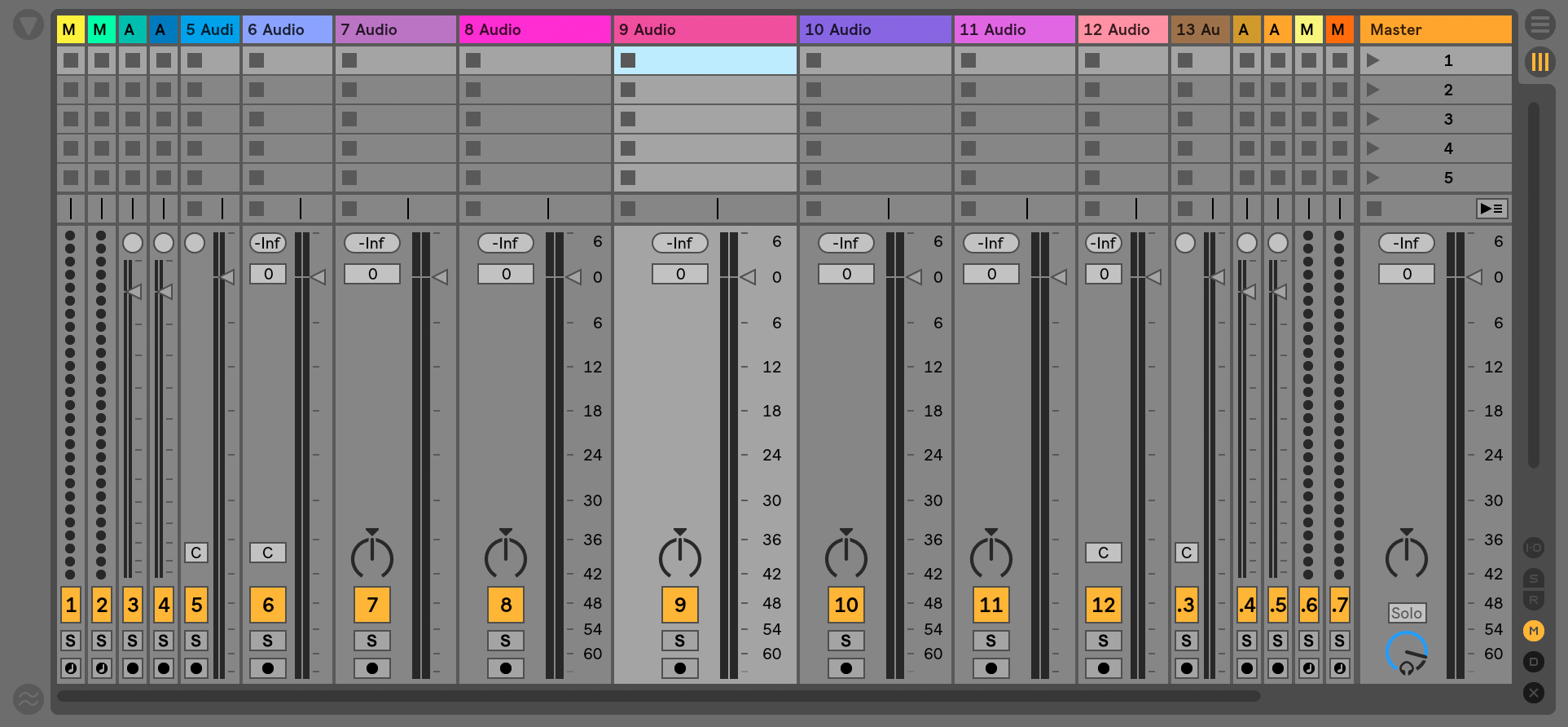Critical Listening:
Critical listening is key to producing any high quality product whether you’re a singer, instrumentalist, DJ or producer. To be able to listen to you’re own work and evaluate it on different aspects is massively important. If you can’t criticise your’e own work, then you’ll never be able to grow and change.
When I’m critically listening, im looking for all sorts of different things;
- Balance & Equalization
- Having a good balance in your mix is key to a good sounding track. For example, if you have too much going on in the low frequencies, your track can sound muddy and unclear, where as not enough can make the track sound harsh or weak, the same goes, but the opposite way around, for the high ends. Finding a good balance could mean the difference between a great track and a terrible one.
- Spatial attributes
- Spatial awareness in a track can add depth to a track that wouldn’t be available without stereo sound. Using panning, or stereo imagery can make a track pull you in a whole lot more when listening. You’d be surprised what difference you’d get by adding this kind of texture and movement to a track.
- Dynamics
- In specific, the use of compression, limiters and side chains to flatten off signals and add punch to your drums.
- Use of effects
- For example, the use of parallel distortion and compression to add extra punch to drums whilst keeping their transients, or parallel effects that are compressed without makeup gain, side chained with the original source of audio to stop the effects from muddying up the tracks mix, etc.
- Noise
- The use of noise to add texture to a track, or the removal of it to clean up a track or recording, being able to hear how this effects the track is very important.
- General musical aspects (Structure, key, etc.)
- Knowing how to evaluate, and use these aspects of music is key when making any sound of music, being able to understand how to build a song and balance them to produce a song that sounds good is a skill every musician should have.

Parallel Effects:
Using analogue compression and distortion in their own separate return tracks, allows you to add punch, warmth and clarity to any aspect of a track without changing the original transient. This works by taking some of the original signal and sending it through a separate effects chain and then dropping it into the master channel like its another channel. This means that the original channel and sound with the original transients is still present in the mix, whilst the sound from the effects chains you have set up are also still present in the mix.
Using parallel effects could also allow you to add effects chains to only to high or low frequencies by using a filter before the effects chain. It could allow you to compress certain effects whilst the original channel is still making sound, as to not muddy up a mix, for example, using reverb and delay on vocals, but compressing the effects whilst the vocal is still playing allows the vocal to be clear, and still giving the after effect from the effects chains.
Reverse Reverb:
Reversing a recording or bounce, and then adding reverb that, and then bouncing it and reversing it again, adds a build up effect that can work very well with vocals and synths, even drums, I’ve personally experimented a lot with this one.
Limited Volume Mixing:
Limited volume mixing is the act of mixing at as low a volume as possible, to ensure everything is audible the way you want it to be, the best way to this is the mix at a fairly low volume, then mix at a fairly high volume, and transfer between the two, and keep going until you find a happy medium. Then use compression and limiters, etc, to add a slight master to your track and then repeat, keep doing this repeatedly until you feel you don’t have to make any differences to your volumes to be able to hear every part of your mix clearly at almost every volume. This is the final step before mastering that gives the mastering engineer the best starting point possible.
LFO / Envelopes:
Low frequency oscillators and envelopes can be used for more than automating volumes. They can be used to automate waveforms, effects, filters, warping, etc. Using LFOs and envelopes are the key to creating any great synth, they give you the ability to create any kind of sound you can think of, as well as the ability to change these sounds in the slightest ways to fits your needs perfectly.
